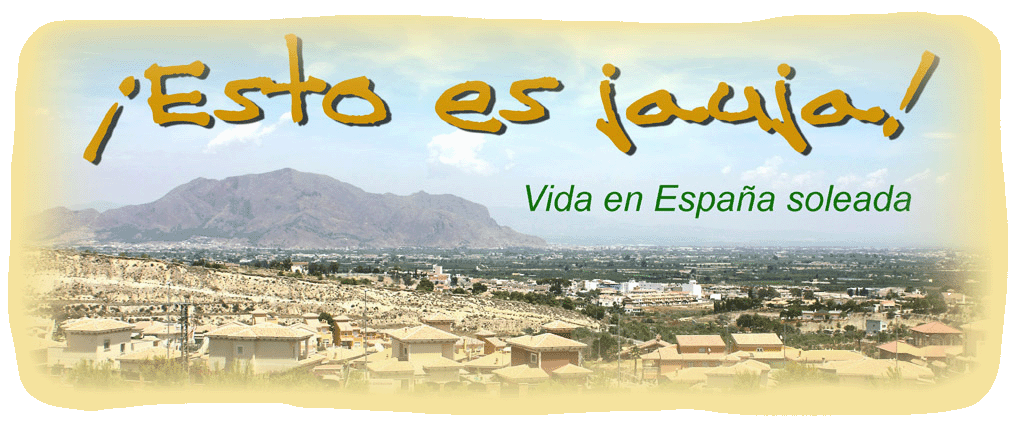The "pasos" are floats which bear sculptured depictions of the Easter story. These are paid for by groups of residents or "cofradias”. During Semana Santa (Holy Week) each town holds one or more parades of their local pasos.
The floats are normally housed in a museum where they are supported on wheeled carriages. To parade them though, the carriages are replaced by long wooden arms which stretch in front and behind the paso. These enable the “costaleros” to carry the paso on their shoulders. Although most are carried by men, some of the pasos are carried by young women. The number of people needed to carry a paso depends upon its size. In Torrevieja one of the pasos is so heavy it requires over a hundred men to carry it. Probably in cities like
The process of carrying the pasos requires a lot of practice to get it right particularly when it comes to turning corners. The costaleros sway in time to the rhythm of the music played by the band which accompanies them as they move slowly through the streets. Regularly they stop and change shoulders - a manoeuvre which requires good timing. The "show off" ones will even lift the paso above their heads and carry it that way for a short while. The cues for these manoeuvres are given by a series of smart taps on the side of the paso.
Each paso is accompanied by ladies dressed in traditional black who carry candles and "nazarenos" in cloaks wearing pointed hats. Each cofradia has a banner which is proudly carried at the head of the group. The nazarenos are joined together with ropes on either side of the paso and give out sweets to the children who line the streets to watch the parade. Penitents in black follow the paso and may even walk bare footed.
So there you go. A very moving and spectacular performance.

No comments:
Post a Comment